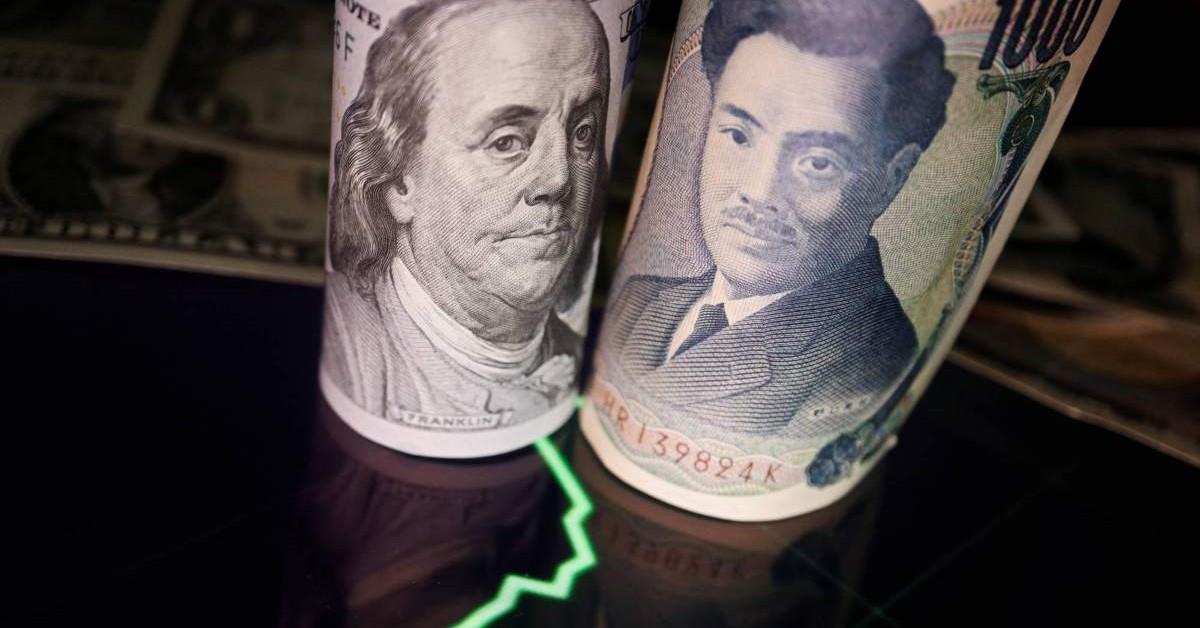What is the outlook for the Yen in the short and long term?
The Yen's extreme weakness finally forced government officials to intervene, especially with Tuesday's surge in the dollar. BOJ Governor Haruhiko Kuroda last Thursday stated that this weakness is undesirable. Bank of Japan is one of the central banks that is traditionally known as an interferer bank. After the BoJ governor, Finance Minister Shunichi Suzuki also said that "Recent moves are rapid and one-sided, and we are very concerned; and If such moves continue, we must respond without ruling out any options." These comments confirm that intervention is on the table.
As these sudden currency changes increase economic uncertainty and are undesirable, especially for investors, BoJ members' recent comments have been changed, which propped up the Yen.
The main reason for Yen's weakness was the spread between JGB and the US treasury bond yields. This spread is caused by the adopted monetary policies of the US and Japanese central banks. Nevertheless, last Wednesday, September 7, the BOJ announced that it would buy JPY550 billion of JBG, up from a prior level of JPY500 billion, aiming to keep the 10-year bond yield below 0.25%.
Since inflation in the US is at unacceptable levels, it is expected that Fed adopts stricter policies. Therefore, as long as BOJ maintains its ultra-easy monetary policy and keeps its primary refinancing rate at -0.10%. At the same time, the Japanese government continues to pour money into the economy, which will cause more differences in interest rates with other major Central Banks and put the Yen at a disadvantage, driving its price down.
While in the short term, Yen still will be under pressure unless BoJ starts its intervention, in the middle and longer term, we have a positive outlook for this currency. The recently released GDP for Japan was much better than expected, showing that the economic outlook of Japan is improving and providing support for the currency, while inflation is also increasing mainly due to the high cost of imported energy. Therefore, it is likely that BoJ finally stops its dovish policies, which can be another support for the Japanese Yen as well.
In overnight trading, after exactly one week, USDJPY again catapulted to the 145 level on Wednesday before falling under the 143 level after intervention signs. If the USD/JPY pair falls, the first support will be around 20 DMA at 140, and the primary support sits at 131.26, as shown in the below chart. On the flip side, if the pair climbs, it will find further resistance at the 1998 high of 147.7.


















